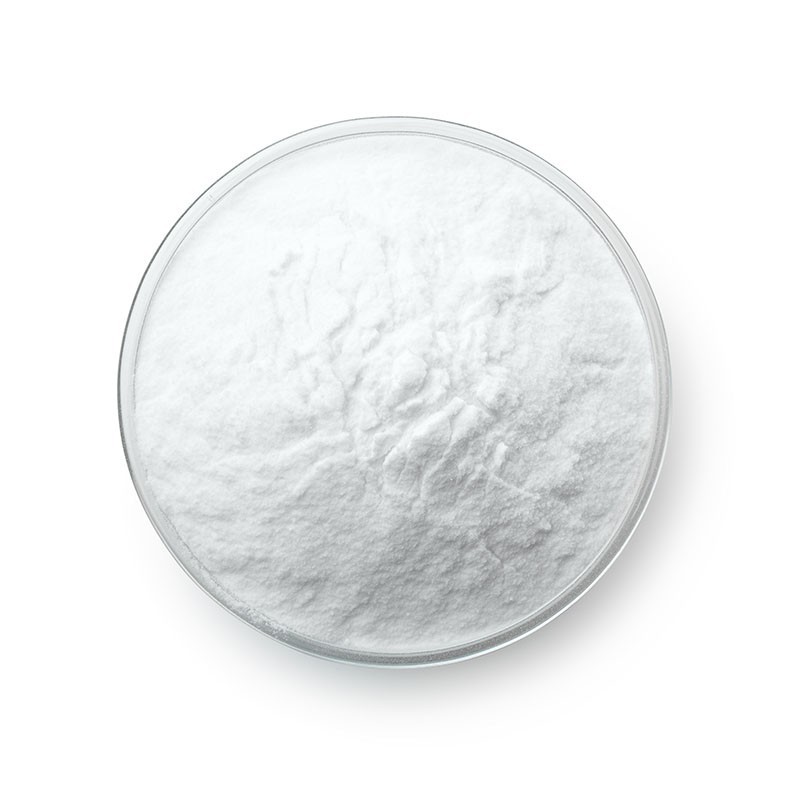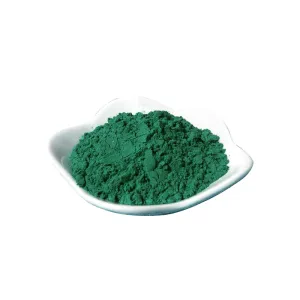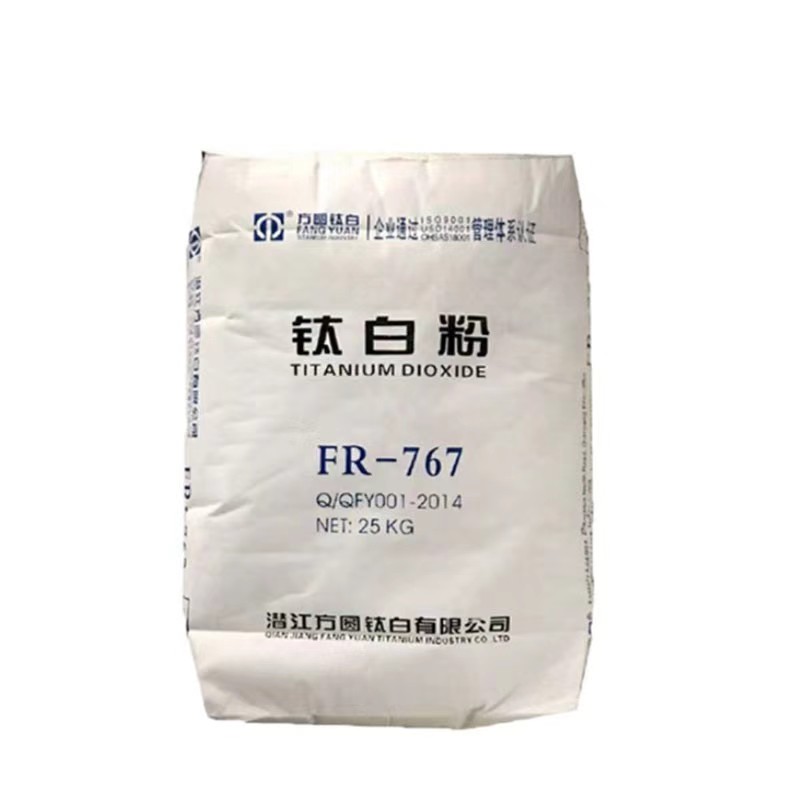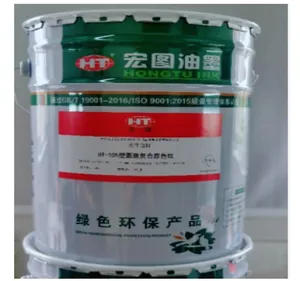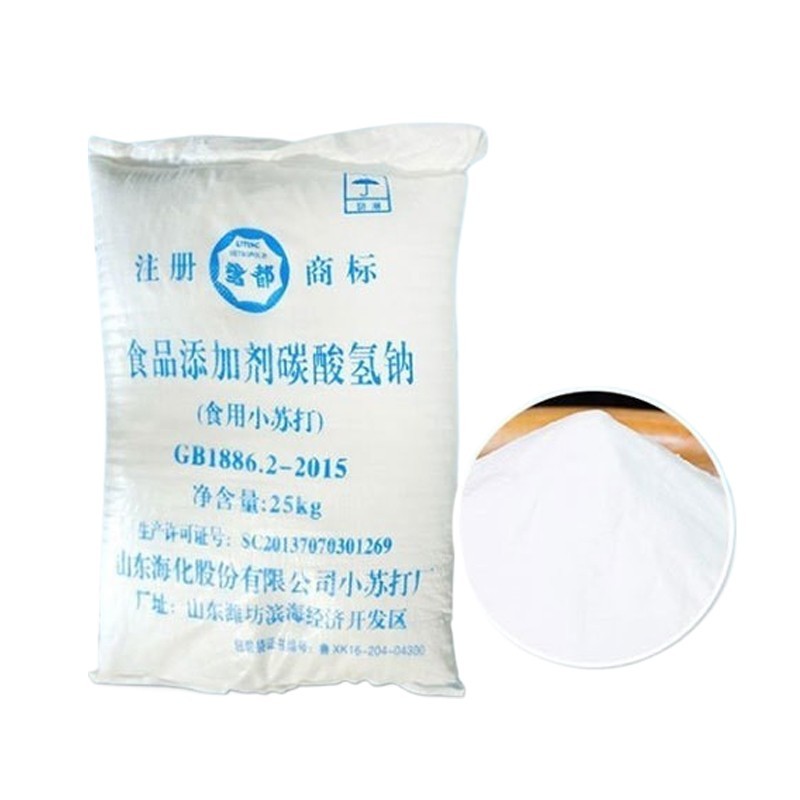Guangxi Pingxiang Cold Chain
Retailer
CN Supplier
1 YRS
Main Products:
Vegetables and fruits
Established:
2024-09-13
Company Size:
10000
(Advanced material)Beijing TDD E-commerce Co., Ltd
Retailer
CN Supplier
11 YRS
Main Products:
PVC Resin , PP , PE , Pet , Titanium Dioxide , Pigment , Car Tire
Established:
2014-12-18
Company Size:
2000
Rectangular Cornstarch Disposable Biodegradable food container Cornstarch rectangle lunch box Series To-go Takeaway Pack
Food stuff Disposable Plastic fast food box Takeoff Customize Packing Box resuable Microwave clear Food Container
Wholesale Cheap Disposable Plastic 2oz Mini Sauce Cup With Lid Clear Cups Sauce Container
1000ml Cornstarch Disposable to go 4 compartment food containers 33oz compostable take out food container
TDDCHEM SINGAPORE PTE.LTD.
Retailer
CN Supplier
5 YRS
Main Products:
PVC Resin , PP , PE , Pet , Titanium Dioxide , Pigment , Car Tire
Established:
2020-01-30
Company Size:
10000
NINGBO LLDD E-COMMERCE CO., LTD.
Retailer
CN Supplier
4 YRS
Main Products:
Titanium dioxide, pigments, fillers, alcohols
Established:
2021-10-12
Company Size:
10000
YYDD (Qingdao) Technology Co., Ltd.
Retailer
CN Supplier
3 YRS
Main Products:
PVC Resin , PP , PE , Pet , Titanium Dioxide , Pigment , Car Tire
Established:
2022-01-26
Company Size:
10000
Zhangjiagang Toodudu E-Commerce Co.,Ltd
Retailer
CN Supplier
9 YRS
Main Products:
PVC Resin , PP , PE , Pet , Titanium Dioxide , Pigment , Car Tire
Established:
2016-05-03
Company Size:
10000
TDD (QINGDAO ) CROSS-BORDER E-COMMERCE CO.,LTD.
Retailer
CN Supplier
1 YRS
Main Products:
PVC Resin , PP , PE , Pet , Titanium Dioxide , Pigment , Car Tire
Established:
2024-08-01
Company Size:
10000
Beijing TDD E-commerce Co., Ltd
Online Store
CN Supplier
11 YRS
Main Products:
PVC Resin , PP , PE , Pet , Titanium Dioxide , Pigment , Car Tire
Established:
2014-12-18
Company Size:
2000
Guangdong Chelimei Technology Co., Ltd
Manufacturer/Factory
CN Supplier
4 YRS
Main Products:
TPU PPF;Paint protection film;TPU color changed film
Established:
2021-12-22
Company Size:
100人
HU BEI TAIHUI TECHNOLOGY CO.,JRB
Manufacturer/Factory
CN Supplier
1 YRS
Main Products:
Powder coatings: Epoxy powder coating,Polyester powder coating,Polyurethane powder coating,Acrylic resin powder coating,Fluorocrbon resin powder coating,
Established:
-
Company Size:
-



